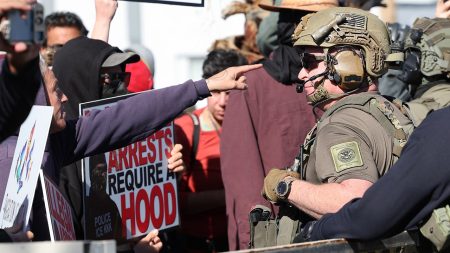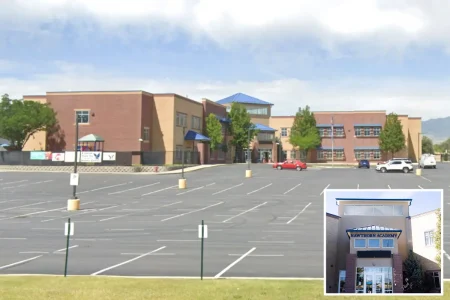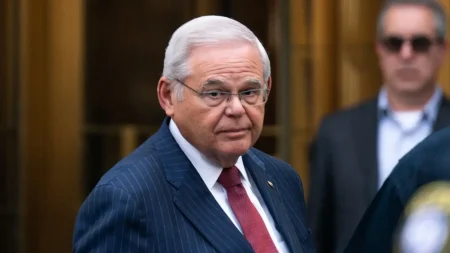How a Sacred Heritage Site in Africa Was Saved from Industrial Development
Indigenous Community Successfully Defends Ancestral Prayer Caves Against UAE-Backed Cement Project
In the shadow of ancient hills where generations have come to pray, a determined community recently fought to preserve what centuries of their ancestors had protected. Their story exemplifies the increasingly common global tension between industrial development and cultural heritage preservation, while highlighting how local activism can successfully defend sacred spaces even against powerful international interests.
By Sarah Mitchell, Special Correspondent
Sacred Grounds at Risk: The Threat to Ancestral Prayer Caves
For thousands of years, the limestone caves nestled within the rolling hills of eastern Africa have served as sacred prayer grounds for indigenous communities. These natural sanctuaries, adorned with ancient rock art and embedded with spiritual significance, represent more than just geographical features—they embody the living connection between current community members and their ancestors. “These caves hold our history, our prayers, our very identity,” explained Elder Makena Ochieng, whose family has served as traditional custodians of the caves for seven generations. “When our people face hardship, this is where we come to connect with those who came before us.”
The tranquility of this sacred landscape was shattered when Rapid Cement International, a corporation with significant backing from Emirati investors, announced plans to develop a massive cement manufacturing facility in the immediate vicinity. The $240 million project promised economic benefits: approximately 350 direct jobs, improved infrastructure, and potential tax revenue for the region’s struggling economy. Government officials initially welcomed the investment, with the Minister of Industrial Development calling it “a transformative opportunity for regional development” during the project’s announcement ceremony in the capital.
However, the limestone that made the area attractive to cement manufacturers was the very same geological formation that had created the community’s sacred caves. According to environmental impact assessments that were later leaked by concerned government scientists, the planned quarrying activities would have caused irreversible damage to the cave systems. Vibrations from blasting operations would likely destabilize the delicate cave structures, while dust from cement production would coat the ancient rock art that documented centuries of spiritual practices. Perhaps most devastating for the community, groundwater extraction required for the manufacturing process threatened to permanently dry up the natural springs that emerge within the caves—waters long considered to have healing properties in local traditions.
Community Mobilization: Organizing Against Corporate Power
“When we first heard about the project, it was presented as already decided,” recalled Nadia Kimathi, a 32-year-old teacher who became one of the movement’s key organizers. “Officials came to tell us about jobs and development, not to ask if this was something we wanted on our ancestral lands.” This approach galvanized rather than subdued the community. Within weeks, a grassroots organization calling itself “Guardians of the Sacred Caves” had formed, bringing together elders, youth activists, environmental scientists, and legal experts from the broader region.
The Guardians employed a multifaceted strategy that proved remarkably effective against the well-funded development project. First, they documented the cultural significance of the caves through oral histories and photographic evidence, creating a comprehensive cultural heritage record that had never previously been formally assembled. Local university students volunteered to help digitize these records, creating an online repository that quickly garnered international attention. Second, community members established a continuous prayer vigil at the cave entrances, ensuring the sites were physically occupied at all times—making any preliminary development work impossible without direct confrontation.
Perhaps most significantly, the community partnered with national and international heritage organizations to pursue legal protection for the site. “We weren’t against development,” explained Joseph Mutua, a community lawyer who helped coordinate the legal strategy. “We were against the destruction of something irreplaceable. There are many places to make cement, but only one place where our ancestors have prayed for centuries.” This nuanced position helped the Guardians gain allies even among government officials who had initially supported the development, particularly when alternative locations for the cement facility were identified that could provide similar economic benefits without threatening cultural sites.
Corporate Response and Diplomatic Complications
Rapid Cement International initially dismissed the community’s concerns as “obstructionist” and “anti-progress.” Internal company documents, later obtained through legal discovery processes, revealed executives discussing how to “manage the PR problem” rather than addressing the substantive issues raised by the community. The company increased its lobbying efforts, flying government ministers to Dubai for “consultation meetings” and doubling its proposed community development fund to approximately $3 million—a figure that represented just over 1% of the project’s total budget.
The controversy created diplomatic complications as well. The United Arab Emirates had been strategically increasing its investment throughout eastern Africa, with government-aligned investment funds taking prominent positions in infrastructure, agriculture, and manufacturing projects. The cement facility represented one of the largest single investments in the region and had been highlighted during a state visit by Emirati officials the previous year. “This became more than a local development dispute,” noted Dr. Fatima Al-Sayegh, professor of international relations at the regional university. “It evolved into a test case for how foreign investment would respect local cultural rights.”
As international attention grew, particularly after UNESCO officials expressed “serious concern” about the threat to potentially significant cultural heritage, the Emirati ambassadors found themselves in an uncomfortable position. The UAE had invested considerably in promoting its image as a culturally sophisticated nation, funding heritage preservation projects within its own borders and internationally. The contrast between this carefully cultivated image and the corporation’s dismissive approach to indigenous sacred sites created what one diplomat privately described as “an untenable contradiction in our foreign investment narrative.”
Legal Victory: The Landmark Court Decision
The turning point came eighteen months into the dispute, when the National Heritage Court issued a landmark ruling that established new precedent for the protection of indigenous sacred sites. The comprehensive 86-page decision recognized the caves as “living cultural heritage” deserving of the highest level of protection under both national law and international conventions to which the country was a signatory. Judge Mercy Wangari wrote in the unanimous decision: “When we balance economic development against cultural heritage, we must recognize that while factories can be built anywhere, sacred sites cannot be relocated or reconstructed. Once lost, they are lost forever.”
The court mandated the creation of a protected heritage zone extending five kilometers from the outermost caves, effectively rendering the cement project impossible at its planned location. More broadly, the ruling established that future development projects must conduct cultural heritage impact assessments with meaningful community consultation before receiving preliminary approval. Legal experts have since cited the case in heritage disputes across multiple countries, with the detailed reasoning of Judge Wangari’s decision providing a framework for balancing development needs with cultural preservation.
For the community, the victory represented more than just stopping an unwanted industrial development. “This wasn’t just about saying ‘no’ to a cement factory,” reflected Elder Ochieng during the celebration ceremony that followed the court decision. “It was about saying ‘yes’ to our heritage, to our responsibility to protect what our ancestors entrusted to us, and to the rights of our children to know the sacred places that have sustained our people through countless generations.”
New Models of Development: Finding Balance Between Progress and Preservation
In the aftermath of the court decision, something unexpected happened: rather than abandoning the region entirely, Rapid Cement International and its Emirati backers engaged in genuine consultation with community leaders to identify an alternative site for their facility. The new location, approximately 30 kilometers from the sacred caves, offered similar geological advantages without threatening cultural heritage sites. Additionally, the company committed to implementing more advanced dust suppression technologies and water recycling systems than originally planned, reducing the environmental impact of the operation.
“What began as confrontation evolved into collaboration,” noted Environmental Minister Thomas Odhiambo at the groundbreaking ceremony for the redesigned project. “This demonstrates that economic development and cultural preservation need not be opposing forces.” The revised agreement included provisions for a community-managed heritage center near the caves, funded through a percentage of the cement operation’s revenue—creating sustainable employment connected directly to cultural preservation rather than its destruction.
International development experts have begun studying this case as a potential model for addressing similar conflicts worldwide. The United Nations Development Programme recently published a case study highlighting how the initial failure to respect indigenous heritage nearly derailed an economically beneficial project, while meaningful engagement ultimately produced a superior outcome for all stakeholders. “The lesson here isn’t that development must stop in areas with cultural significance,” concluded Dr. Nyambura Mwangi, who specializes in sustainable development. “Rather, it’s that development must respect and incorporate cultural values from the beginning—not as an afterthought or a problem to be overcome.”
For the community members who gather in the ancient prayer caves, now protected for future generations, the outcome represents a powerful validation of their struggle. As young people continue learning the traditional prayers and ceremonies within these sacred spaces, they also carry forward something new: the knowledge that their heritage deserves respect, that their voices matter, and that even the most powerful interests can be successfully challenged when a community stands united in defense of what it holds sacred.








